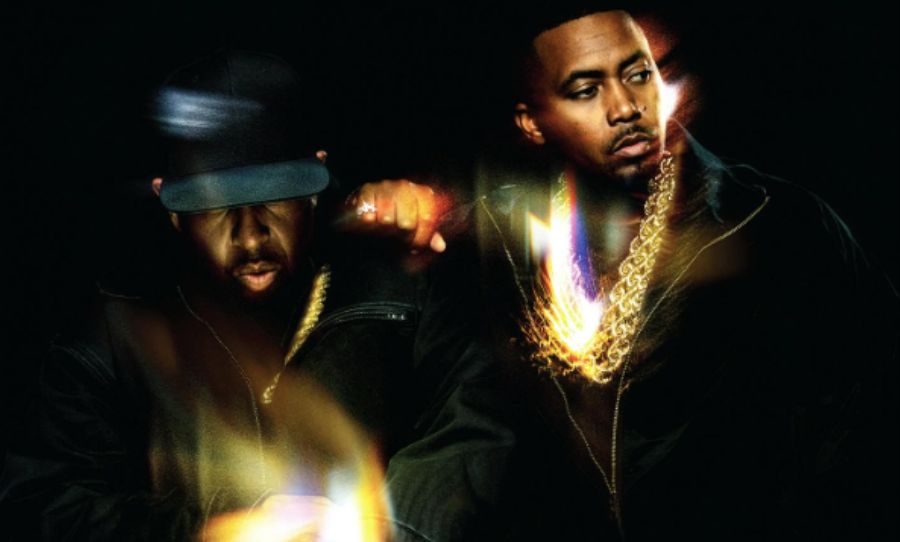Collaborating on music remotely: it’s a challenge, but in this especially uncertain time when distances must be maintained, it’s one we have to tackle. Nothing beats the feeling of working with friends on a musical project, but even before the outbreak of COVID-19, musicians have been working together, even if they’ve been worlds apart.
Tapes, then hard drives, and later still, WAV files have been bouncing around various time zones, sometimes to be mixed or mastered in different studios in different countries. The tracking phase, for obvious reasons, still mainly happens within a single building.
But there’s no better time than now to examine ways for musicians to collaborate on projects remotely. So let’s take a look at those who have done it best and the tools and services that are available to keep our projects alive.

Collaborating on a project remotely can be a challenge, but it’s a reality that many musicians must confront. Let’s look at the ways we can work together in isolation.
The experts
Nowadays, there’s a plethora of tools to get us working online together. But it also pays to heed the lessons of those who came before the age of social media. One of the best examples from this era has to be the collaboration between Death Cab for Cutie‘s Ben Gibbard and producer Jimmy Tamborello. Their ‘band’, The Postal Service, takes its name from the lifeline that kept the project alive.
Tamborello made synth-driven beats and soundscapes and sent the resulting CDs via the U.S. Postal Service to Gibbard. He would then add the indie rock treatment that made him famous as the frontman for Death Cab: vocals, guitars and drums. Back and forth they would go on for 10 months.
The resulting album, Give Up, spawned indie classics like Such Great Heights and laid the groundwork for the dozens of bands that followed that combined electronic and indie sensibilities. The two couldn’t be in the same room together due to hectic schedules, but you have to wonder, with such radically different approaches, could it have worked any other way?
Fast-forward to 2017 and the band Superorganism had a very different approach. Coming together via online forums, the eight-piece band started sharing musical ideas across the globe before they had even met.
Their hit song Something for You M.I.N.D came from a GarageBand instrumental file that was sent to lead singer Orono Noguchi, still a high-school student in the U.S. She recorded her deadpan delivery into the built-in microphone on her MacBook and sent it back to the band.
The success of the track was the catalyst to physically come together. They now inhabit a terrace in London but have still maintained their isolated approach, bouncing files around the shared space to concoct a kind of maximalist pop that’s just as catchy as it is kooky.
Collaborating online
The two examples above showed that there’s no textbook way to collaborate remotely. Yet it’s apt to remind ourselves of the tools that we have at our disposal—and some that we may not have considered—to work effectively in isolation.
All DAWs can export consolidated audio files (some make it easier than others), so sharing around sessions for additional recording—even across different platforms—isn’t too hard. Some DAWs, however, are making it increasingly easier to collaborate within the same session.
For instance, Pro Tools has made a heavily publicised move into this space with Cloud Collaboration, offering a way for multiple users in different locations to open up a single project. The musicians can upload their parts to the project and download everybody else’s parts, so the production can continue to build.
SessionPlayers.com
A relatively new business model has crept into the audio industry is remote session work. Hiring specialist players to work on your music remotely is convenient at the best of times, but now, it could be downright vital.
Many instrumental specialists have taken to setting up shop in their own controlled studio environment, delivering their parts without needing to meet face to face. Simply send over your stems—minus the part you need, of course—then a professionally recorded multitrack file comes back to you, ready to drop into your session.
It obviously comes at a cost—you’re hiring actual humans to collaborate with you—but if you’re working on a professional project, this service could be more important than ever.
It’s easy to be taken over by negativity in times like these, but it’s important to remember that musicians and audio professionals are uniquely placed to keep on creating. The vast majority of recorded audio is just ones and zeroes in digital files and easy to transport. If we get to know the available tools—and take inspiration from the artists who have made great music from collaborating remotely—we can continue to do what we do best.


